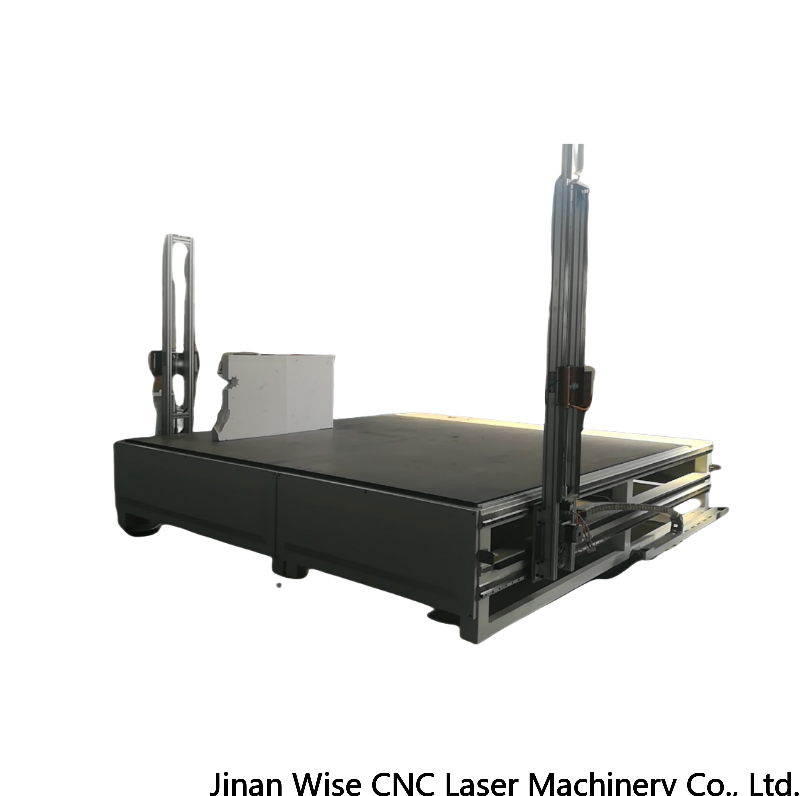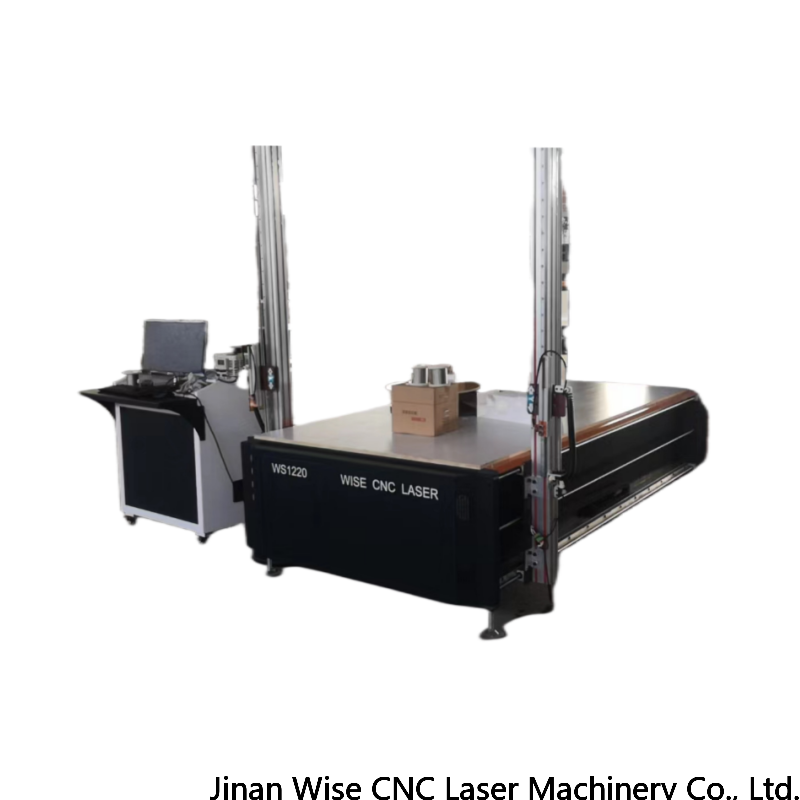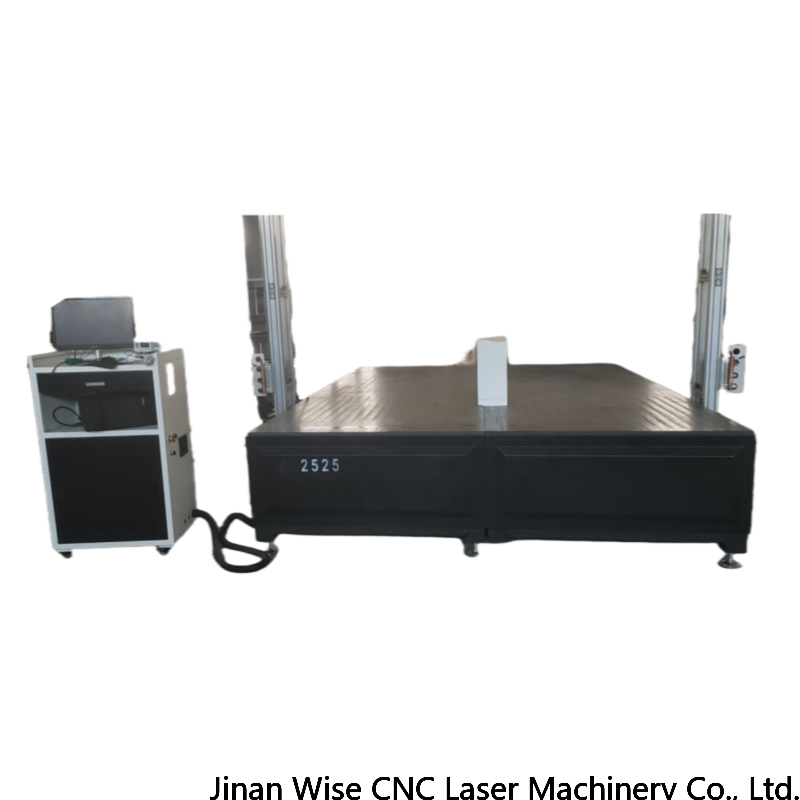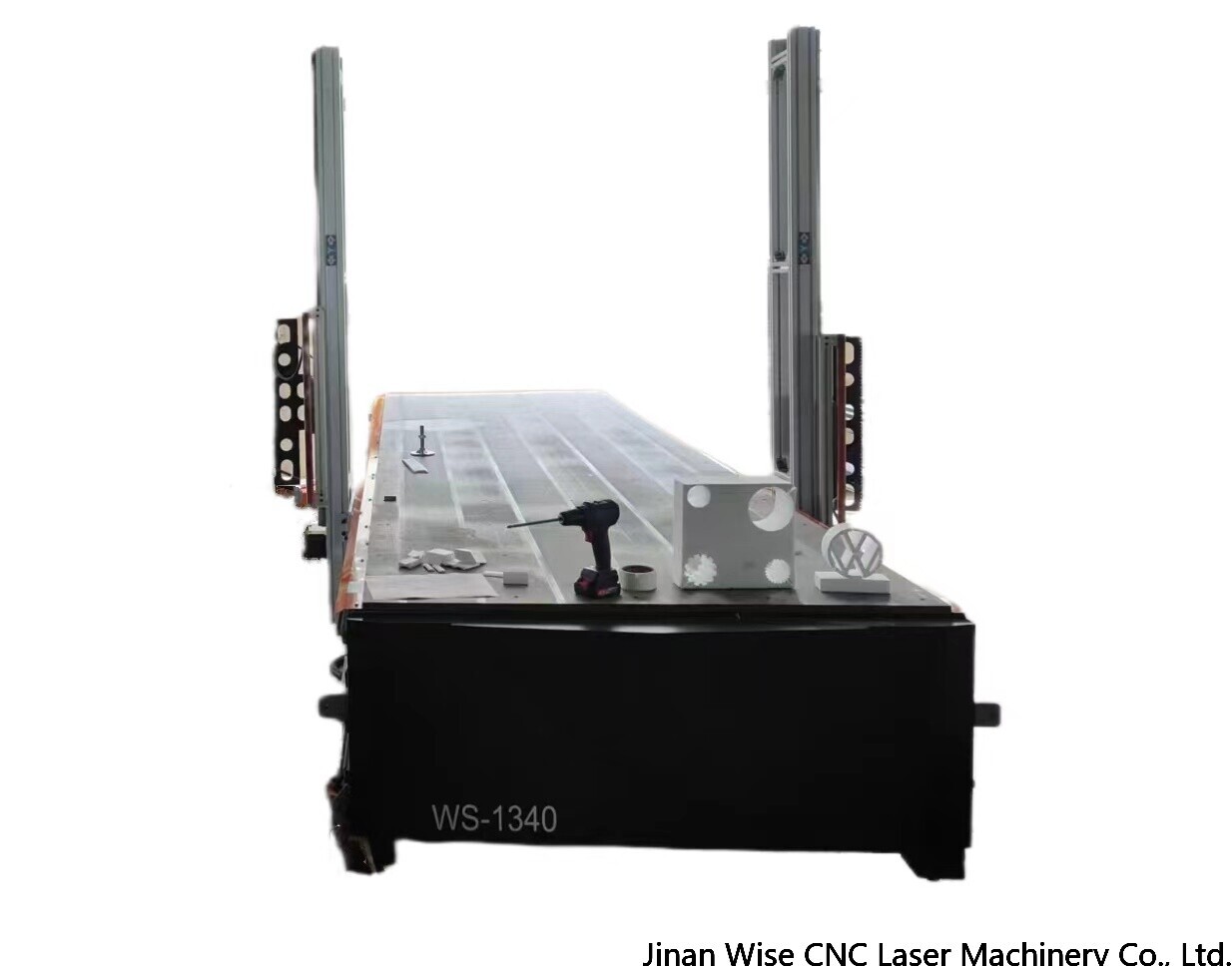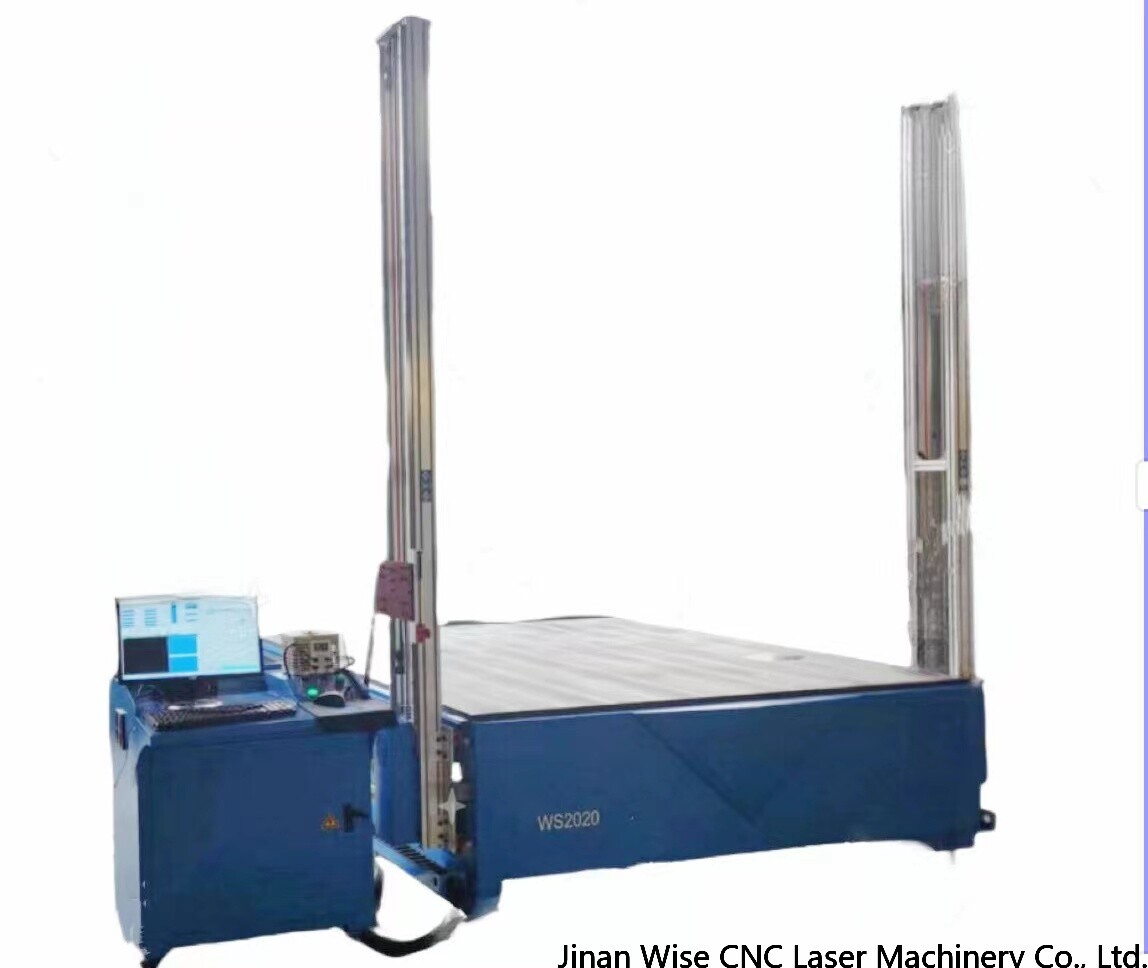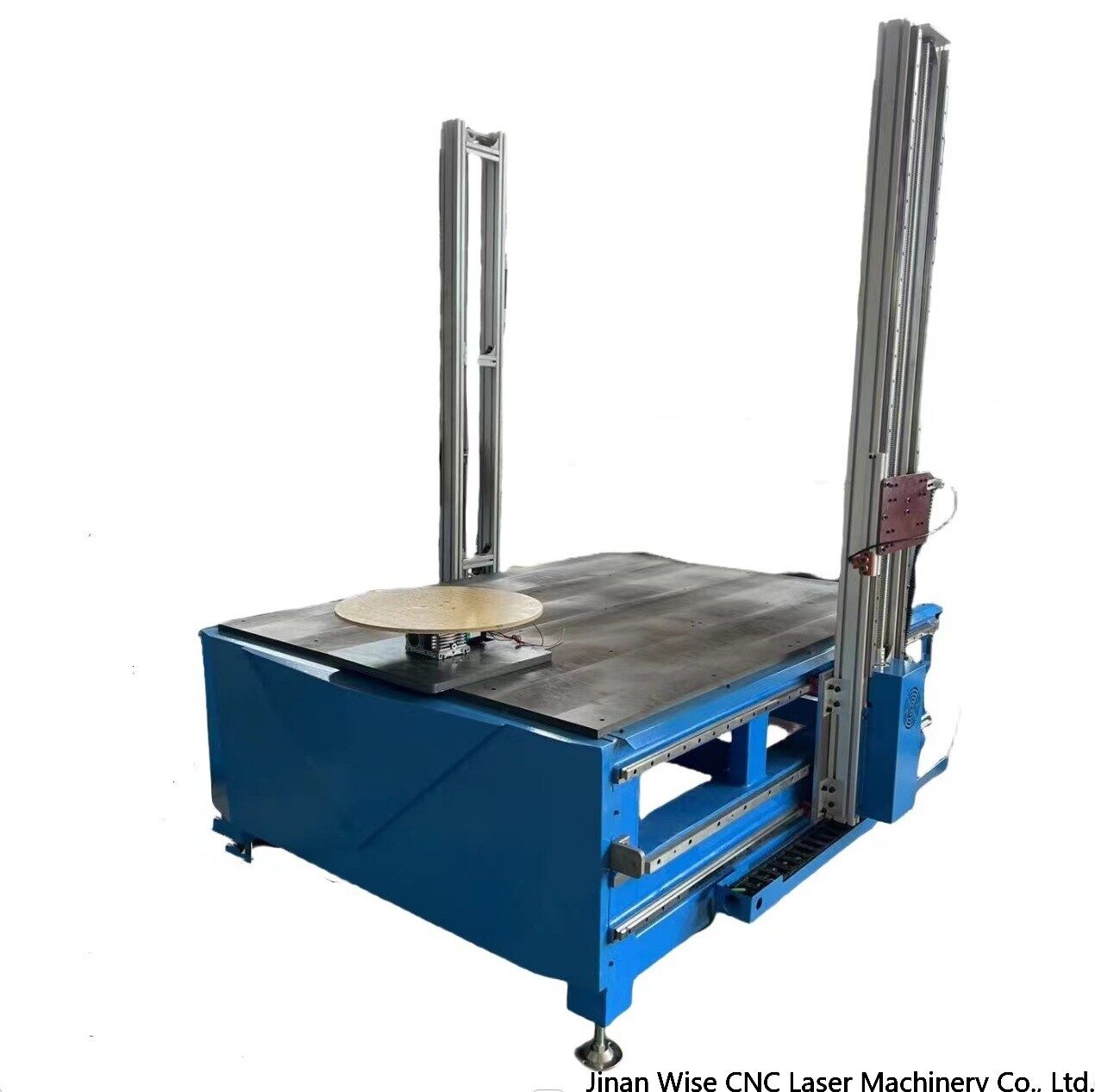The Ultimate Guide to Foam Letters: Types, Shaping Techniques, and Applications
Introduction
Foam letters are widely used in signage, advertising, event decor, and artistic projects due to their lightweight, versatility, and ease of customization. This guide explores foam types, foam shaping methods, letter classifications, production techniques, and key applications to help you choose the best approach for your project.
1. Types of Foam Used for Letters
Not all foams are the same—each has unique properties that affect durability, finish, and cutting precision. The most common types include:
A. Expanded Polystyrene (EPS)
- Lightweight & Cost-Effective – Ideal for temporary signs and stage props.
- Easy to Cut – Works well with hot wire cutters and CNC machines.
- Smooth Surface – Requires sealing before painting.
B. Extruded Polystyrene (XPS)
- Denser & Stronger – Better for outdoor use due to moisture resistance.
- Cleaner Edges – Cuts smoothly with less crumbling than EPS.
- Common Brands – Styrofoam, Dow Blue Board.
C. Polyurethane (PU) Foam
- High-Density & Carvable – Used for detailed sculptures and 3D letters.
- Suitable for Hand Carving – Often used in architectural moldings.
- More Expensive – Preferred for premium, long-lasting signs.
D. EVA Foam (Ethylene-Vinyl Acetate)
- Flexible & Soft – Popular in cosplay and theater props.
- Easy to Hand-Cut – Can be shaped with knives or heated tools.
2. Foam Shaping & Letter Classification
Foam letters come in different styles based on design complexity and production methods.
A. Flat Cut Letters
- 2D Shapes – Simple front-facing letters, laser or hot wire cut.
- Common Uses – Wall signs, retail displays.
B. 3D Block Letters
- Extruded Depth– Cut from thick foam blocks (5cm–30cm).
- Beveled or Rounded Edges – Enhanced with CNC or hand sanding.
C. Layered Letters
- Multi-Level Construction – Built by stacking and gluing foam sheets.
- Adds Dimension – Used for logos and decorative signage.
D. Sculpted & Contoured Letters
- Hand-Carved or CNC-Machined – Curved, organic shapes.
- High-End Applications – Museum exhibits, luxury branding.
3. Foam Letter Production Techniques
Different tools and methods are used depending on precision and volume needs.
A. Hot Wire Cutting
- Best for EPS/XPS – Smooth, fast cuts with minimal waste.
- Manual or CNC-Controlled – Ideal for custom shapes.
B. CNC Foam Cutting Machines
- High Precision – Perfect for intricate fonts and 3D contours.
- Automated & Repeatable – Efficient for large orders.
C. Laser Cutting (For Thin Foam)
- Clean, Sealed Edges – Works best with EVA and thin PU foam.
- Limited to Small Thicknesses – Typically under 2cm.
D. Hand Carving & Sanding
- Artistic Freedom – Used for unique textures and organic shapes.
- Requires Skill – Common in sculpture and prop-making.
E. Finishing & Coating
- Priming & Painting – Acrylics or spray paints for durability.
- Protective Coatings – Epoxy or polyurethane for weather resistance.
4. Applications of Foam Letters
Foam letters are used across industries due to their adaptability:
A. Advertising & Retail
- Storefront Signs – Lightweight, easy to install.
- Promotional Displays – Themed events, trade shows.
B. Events & Exhibitions
- Wedding & Stage Backdrops – Customizable and portable.
- Museum & Theme Park Decor – Themed 3D lettering.
C. Architectural & Interior Design
- Wall Art & Branding – Corporate offices, hotels.
- Acoustic Panels – Stylish soundproofing solutions.
D. Film, TV & Cosplay
- Props & Costumes – Lightweight yet realistic.
- Theater Set Design – Quick to modify and repaint.
Conclusion
Foam letters offer endless creative possibilities, from simple signage to high-end artistic installations. By selecting the right foam type, shaping technique, and finishing process, you can achieve professional, durable results for any project.
Ready to create your own foam letters? Explore CNC cutting services or DIY with a hot wire foam cutter today!
#FoamLetters #CNCCutting #SignMaking #FoamCarving #EventDecor
Related Products

